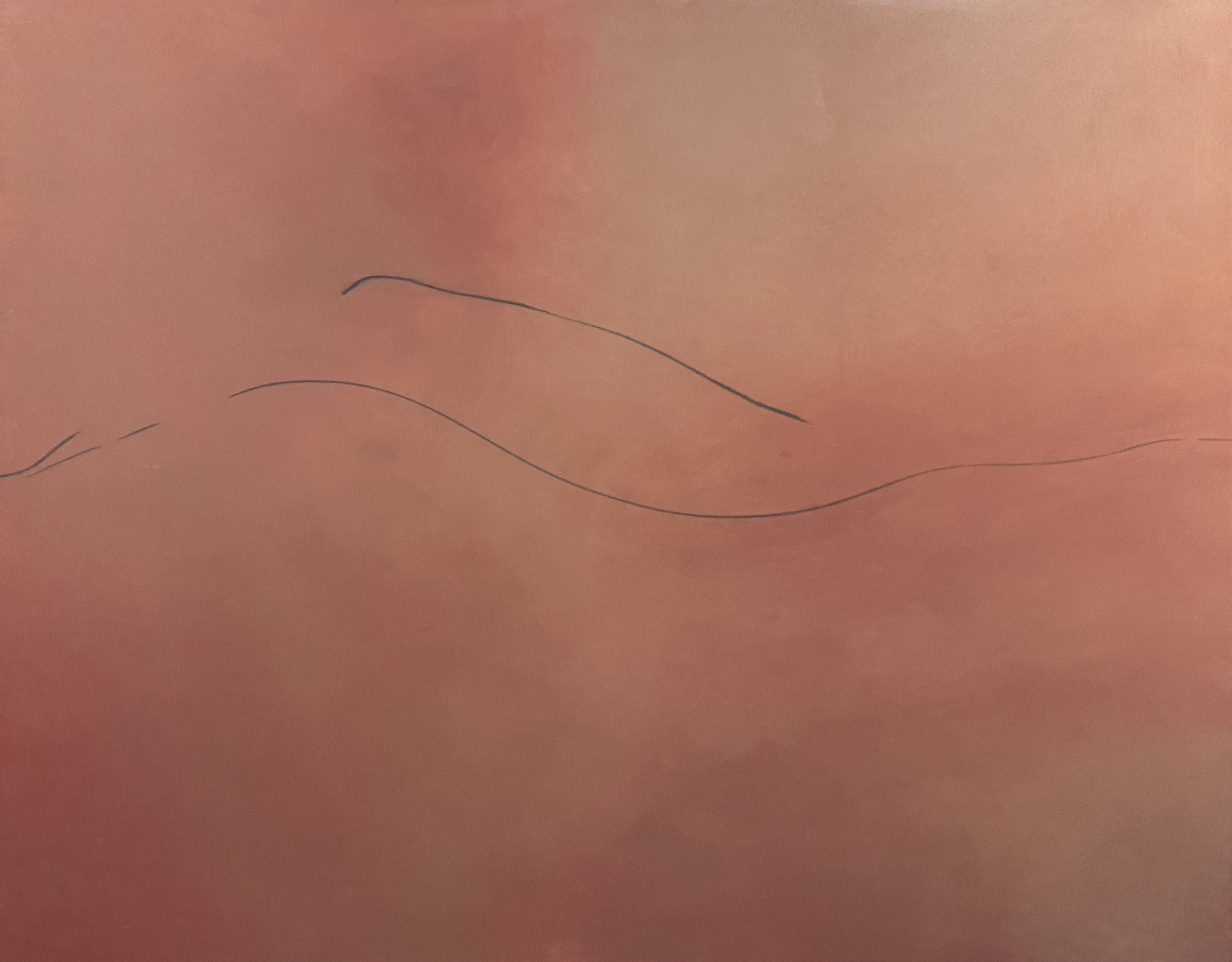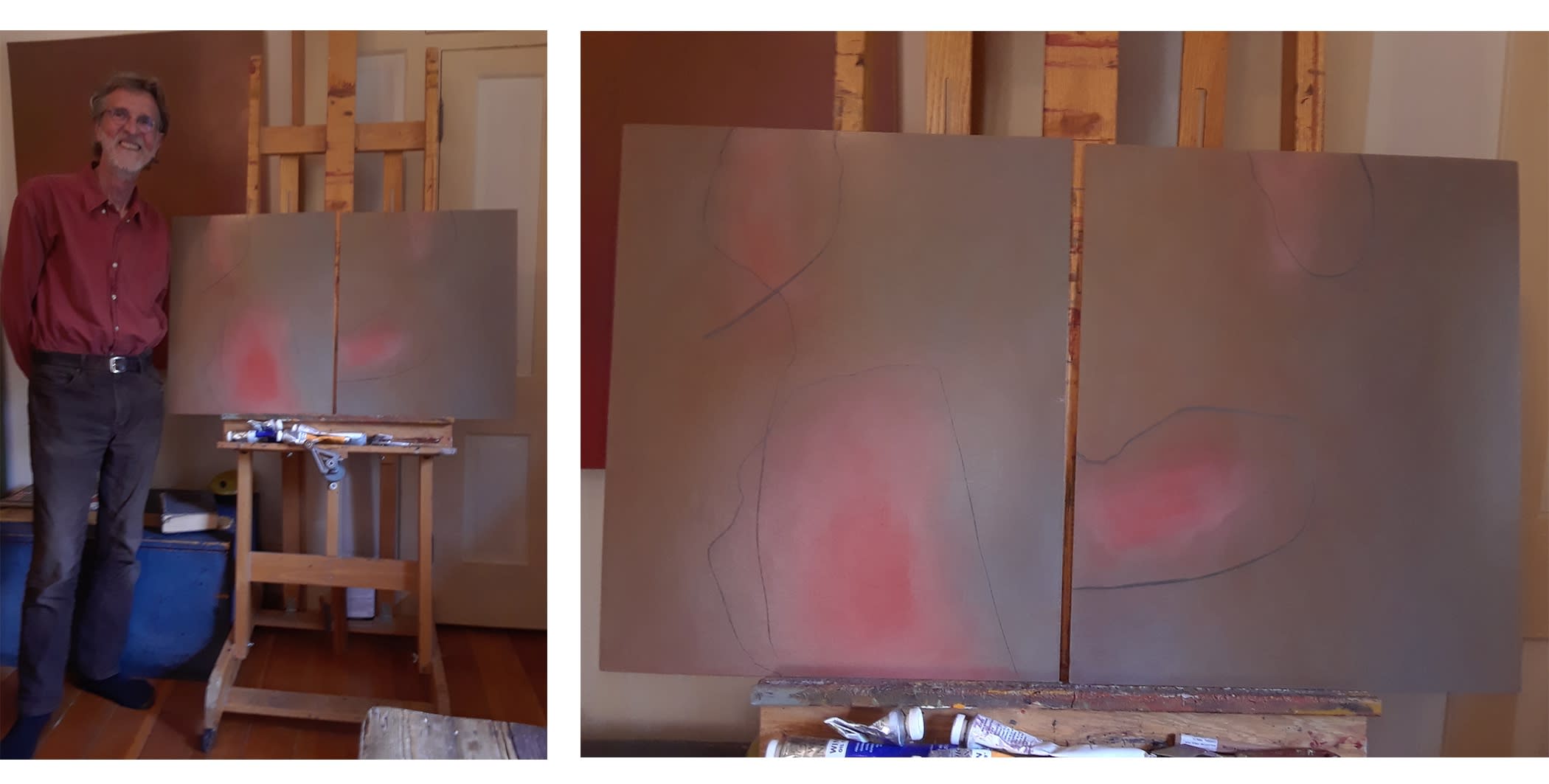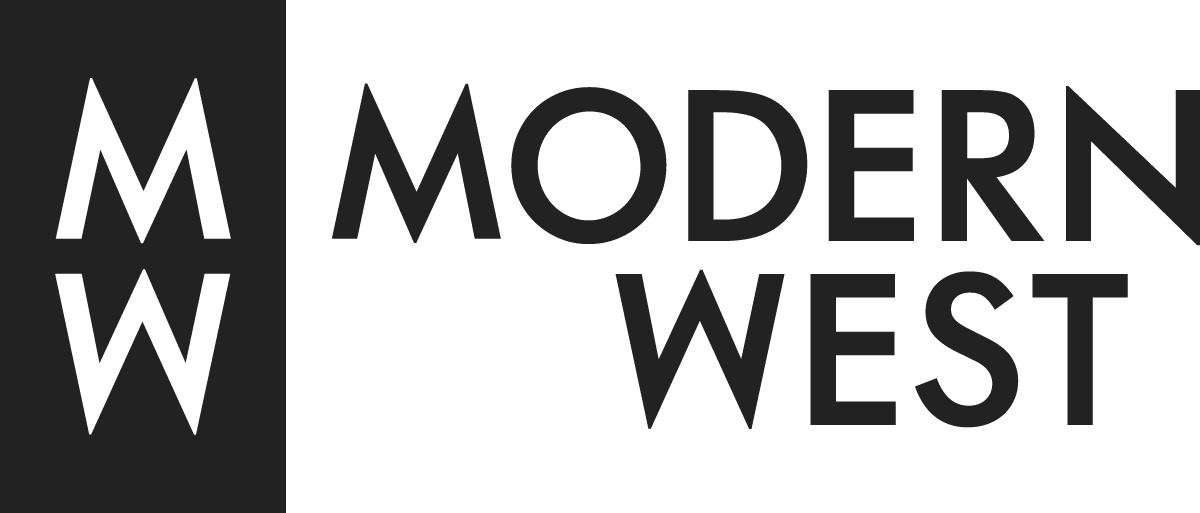
Since graduating from the University of Utah in 1976 you’ve been primarily based in Utah. In your time here have you noticed the local physical (or mental) landscapes impacting your work?
I’m very steeped in the Utah arid spaciousness. I lived in the Pacific Northwest for the 80s, loved it, and moved back to familiar terrain after that. In my work progression, the move from dense mark-making to very simple and spacious panels may be the result of this environment feeling the most like my core.

You’ve coordinated an event titled “12 Minutes Max” at the Salt Lake Public Library, allotting artists 12 minutes to perform however they please. How has working with these artists inspired your work?
Jason Rabb and I have been curating 12 Minutes Max at the City Library for over nine years, inviting local artists to present work. We have tried to create a venue for experimental performed work that showcases the best that we can find. The mainstays of the program are music, dance and film. I love watching this work, and hope that my own work lives in the same territory: where chances are taken by working with unpredictable elements, where the outcomes can’t be fully determined at the start.
How do the performative interactions of your creative process create a unique connection between your mind, body and the work itself?
The heart of each work is a blind-drawn graphite line that comes right at the end of the process, after a good layered glaze base has been built up. There is something extraordinary and independent about a blind drawn line. I close my eyes or look away, and make a stab with a movement that I’ve thought about beforehand but never practiced, and then look back at the surprise result. Sometimes I’m thrilled with what I see, and sometimes the painting has failed. I’m always surprised at the end.

Are the titles or themes of your line paintings created before or after the pieces are finished?
The line paintings are titled with the specific movement that they record: working behind my back, switching hands midstream, running past the panel and leaving a mark of the flight. I usually come up with the new movement while I’m developing the base of each piece. The shape paintings are getting their titles after-the-fact. The blind-drawn line is an attempt to mark the shape that I have developed in the base, working like “pin the tail on the donkey”, and after the surprise of the result, some interpretation gets triggered, and that usually becomes the title.

Who are your art historical influences? Are you watching, reading, listening to anything right now that is influencing your work?
Cy Twombly was the master at creating the unintentional line. It is very difficult to catch an unplanned line; and it’s fun to play at the border of intention and accident.
I’m reading about the beginning days of Pop Art right now. Those artists’ freedom to include the mundane and common is similar to the freedom that I feel, choosing to use a burst of movement that is purely physical and closer to everyone's daily reality than painting alone would be.

What are you working on? What is upcoming? What should we look out for?
I’m exploring; shifting to something else: an amalgam of the line paintings and the rubbed out shapes of the transparent pieces. I’ll play a while longer until I arrive at something that I want to pursue further.

